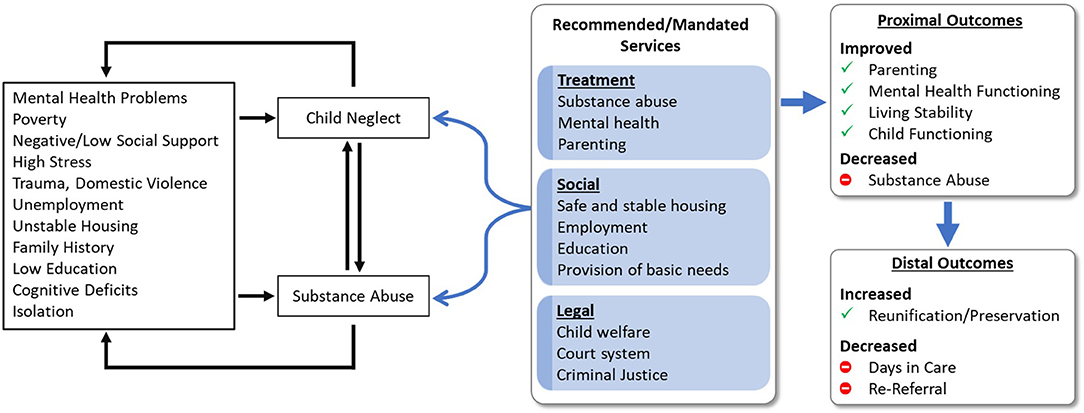Report on the Impact of Abortion Rights Reversal in the United States: Emphasizing Sustainable Development Goals
Executive Summary
Since the overturning of Roe v. Wade by the conservative-majority Supreme Court three years ago, the constitutional right to abortion has been rescinded, resulting in significant public health and social challenges. This report highlights the critical consequences of abortion bans, focusing on their alignment with the United Nations Sustainable Development Goals (SDGs), particularly SDG 3 (Good Health and Well-being), SDG 5 (Gender Equality), and SDG 10 (Reduced Inequalities).
- Abortion bans have led to preventable deaths, traumatic injuries, increased maternal and infant mortality rates, and reduced access to reproductive health services.
- Access to abortion care now often requires traveling long distances and incurring substantial out-of-pocket expenses.
- Legislative efforts are underway to criminalize abortion care and restrict other reproductive health services, including birth control and IVF.
Despite these challenges, advocacy and mobilization efforts continue to strengthen in pursuit of reproductive freedom.
Health Risks and Data Analysis
Increased Maternal and Infant Mortality
- Individuals in states with abortion bans are nearly twice as likely to die during pregnancy or childbirth, reflecting a severe public health crisis (SDG 3).
- Infant mortality rates have increased by 5.6% in the 14 states that enacted abortion bans post-Roe (SDG 3).
- Documented preventable deaths include cases such as Josseli Barnica in Texas, Amber Nicole Thurman, and Candi Miller in Georgia, underscoring the human cost of restrictive policies.
Crippling Costs and Legal Risks
- At least ten states have proposed legislation granting legal rights to fetuses or embryos, potentially criminalizing abortion providers and patients with charges equivalent to murder (SDG 16: Peace, Justice, and Strong Institutions).
- These legal measures have not stopped abortions but have increased the difficulty, cost, and danger associated with obtaining care.
Intersectional Impact of Abortion Bans
Abortion restrictions disproportionately affect marginalized communities, exacerbating existing inequalities and undermining SDG 10 (Reduced Inequalities) and SDG 5 (Gender Equality).
- Black and Indigenous communities: Black women face 3-4 times higher maternal mortality rates and are more frequently targeted for criminalization.
- LGBTQ+ individuals: Experience higher rates of denial and mistreatment in healthcare settings.
- Immigrants: Fear of criminalization and immigration-related consequences such as detention or deportation.
- People with disabilities: Encounter discrimination and barriers to accessing medical care.
- Young people: Face legal and financial obstacles in obtaining reproductive health services.
- Low-income communities: Are least able to afford travel and out-of-pocket expenses for abortion care.
Reproductive freedom encompasses bodily autonomy, health equity, and justice for all individuals.
Mobilization and Advocacy Efforts
In response to the Dobbs decision, the reproductive freedom movement has grown stronger and more united, emphasizing the importance of collective action to restore and protect reproductive rights aligned with SDG 5 and SDG 16.
Recommended Actions
- Commit to Being a Reproductive Freedom Advocate: Join the movement to fight for reproductive rights.
- Access Resources for Abortion Care: Share vital information to protect communities.
- Sign Up to Volunteer: Contribute to building a future of reproductive freedom.
Communication and Awareness
Spreading awareness is critical to advancing the SDGs related to health, gender equality, and justice. Stakeholders are encouraged to share educational materials and updates on the ongoing reproductive freedom crisis.
Share Informative Posts on the Impact of Abortion Rights Reversal
1. Sustainable Development Goals (SDGs) Addressed or Connected
- SDG 3: Good Health and Well-being
- The article focuses on maternal and infant mortality, access to reproductive health services, and the impact of abortion bans on health outcomes.
- SDG 5: Gender Equality
- Issues of reproductive rights, bodily autonomy, and criminalization of abortion care relate directly to gender equality and women’s empowerment.
- SDG 10: Reduced Inequalities
- The article highlights how abortion bans disproportionately affect marginalized communities including Black and Indigenous people, LGBTQ+ individuals, immigrants, people with disabilities, young people, and low-income groups.
- SDG 16: Peace, Justice and Strong Institutions
- The criminalization of abortion and legal restrictions on reproductive health care relate to justice, legal rights, and institutional frameworks.
2. Specific Targets Under Those SDGs Identified
- SDG 3: Good Health and Well-being
- Target 3.1: Reduce the global maternal mortality ratio.
- Target 3.2: End preventable deaths of newborns and children under 5 years of age.
- Target 3.7: Ensure universal access to sexual and reproductive health-care services.
- SDG 5: Gender Equality
- Target 5.6: Ensure universal access to sexual and reproductive health and reproductive rights.
- SDG 10: Reduced Inequalities
- Target 10.2: Empower and promote the social, economic and political inclusion of all, irrespective of age, sex, disability, race, ethnicity, origin, or other status.
- SDG 16: Peace, Justice and Strong Institutions
- Target 16.3: Promote the rule of law at the national and international levels and ensure equal access to justice for all.
3. Indicators Mentioned or Implied to Measure Progress
- Maternal Mortality Ratio (Indicator 3.1.1)
- The article states people in abortion ban states are nearly twice as likely to die during pregnancy or childbirth, indicating maternal mortality as a key indicator.
- Neonatal Mortality Rate (Indicator 3.2.1)
- Infant deaths rose by 5.6% in states that banned abortion, implying neonatal mortality as an indicator.
- Access to Reproductive Health Services (Indicator 3.7.1)
- The article highlights reduced access to reproductive health providers and increased travel and costs for abortion care, implying this indicator.
- Legal and Policy Frameworks (Indicator 16.3.1)
- Discussion of criminalization of abortion and legislative bills targeting abortion providers and patients relates to measuring progress on legal access and justice.
- Disparities in Health Outcomes (Implied under SDG 10)
- The disproportionate impact on marginalized groups implies the need for indicators measuring inequality in health access and outcomes.
4. Table: SDGs, Targets and Indicators
| SDGs | Targets | Indicators |
|---|---|---|
| SDG 3: Good Health and Well-being |
|
|
| SDG 5: Gender Equality |
|
|
| SDG 10: Reduced Inequalities |
|
|
| SDG 16: Peace, Justice and Strong Institutions |
|
|
Source: reproductivefreedomforall.org







